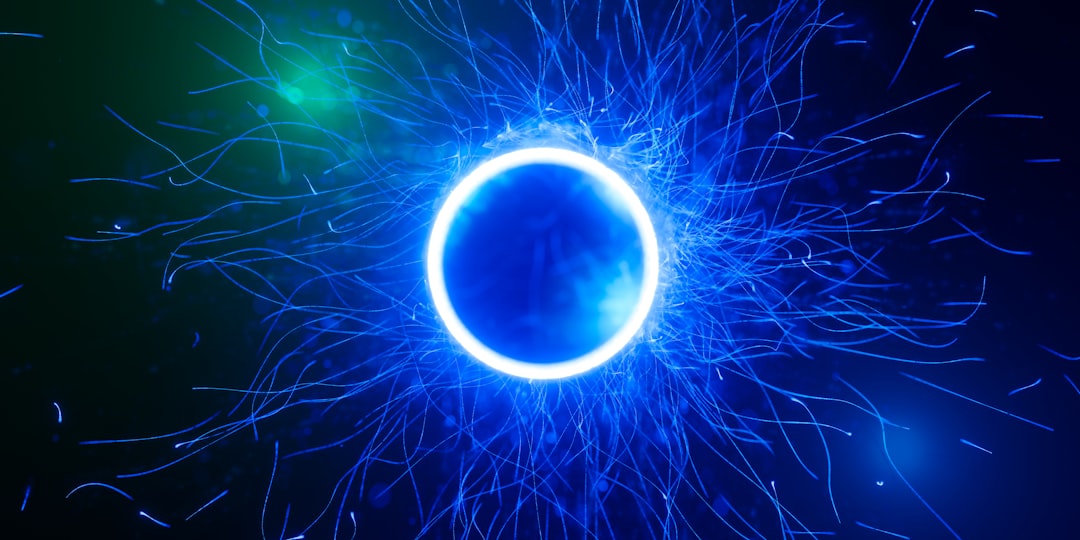What is it about?
This paper explains how a new multi-frequency reflectometry diagnostic was built for the ASDEX-Upgrade tokamak. This diagnostic allows sampling 7 different positions simultaneously, and it allows us to zoom-in or zoom-out in specific plasma regions with a single instrument. This flexibility is unique and we managed to make it happen with traditional detectors.
Featured Image

Photo by Jan Huber on Unsplash
Why is it important?
Most instruments with multiple frequencies only allow a fixed configuration. Our instrument allows changes to the multi-frequency configuration within experiments and even inside a single experiment. We achieve this with double down-convertion and using traditional I/Q detection. Nothing fancy.
Perspectives
I think this diagnostic shows that a little creativity and patience with the IF hardware design allows a flexible multi-channel DBS/reflectometry diagnostic to be created. This opens up a large amount of cross-correlation studies across fast events in the plasma such as the LH transition and/or ELM instabilities.
Pedro Molina Cabrera
Ecole Polytechnique Federale de Lausanne
Read the Original
This page is a summary of: W-band tunable, multi-channel, frequency comb Doppler backscattering diagnostic in the ASDEX-Upgrade tokamak, Review of Scientific Instruments, August 2023, American Institute of Physics,
DOI: 10.1063/5.0151271.
You can read the full text:
Contributors
The following have contributed to this page










